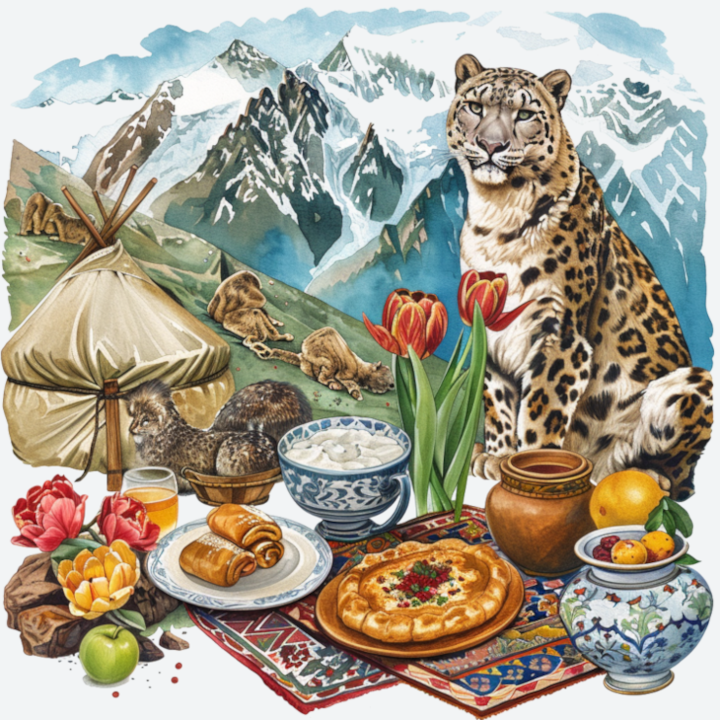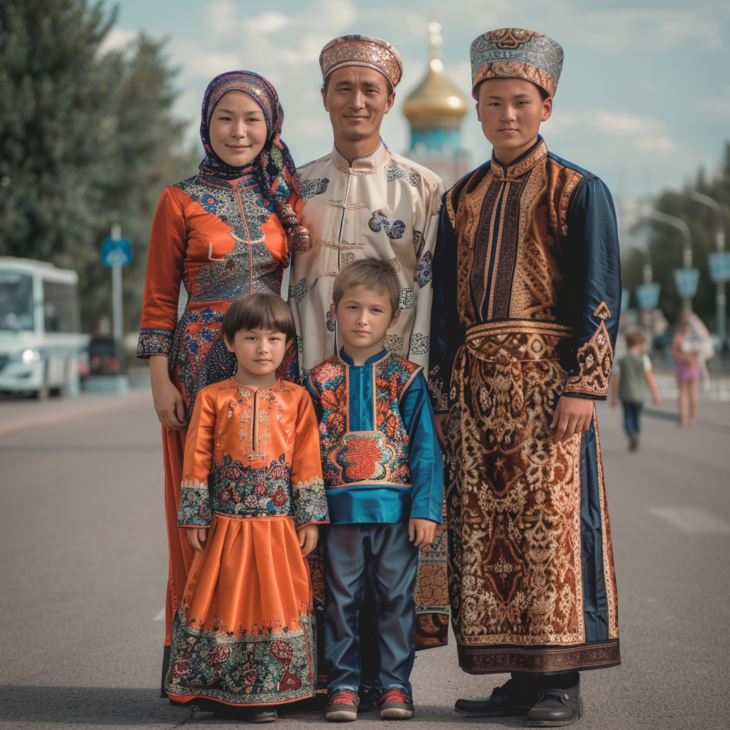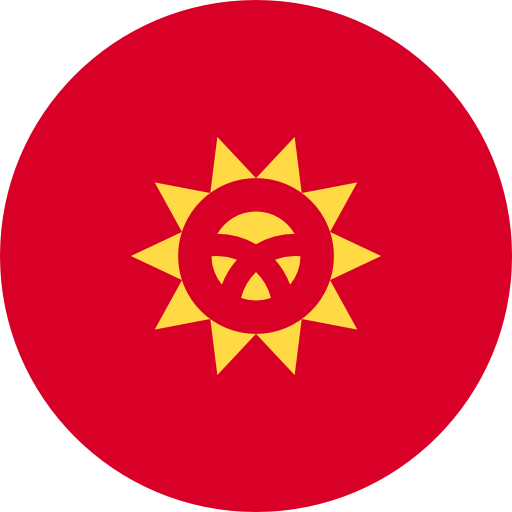About KG

Location
Kyrgyzstan is a landlocked country located in Central Asia. It is bordered by Kazakhstan to the north, Uzbekistan to the west, Tajikistan to the south, and China to the east.
Capital
The capital city of Kyrgyzstan is Bishkek.
Population
As of the latest estimates, Kyrgyzstan has a population of approximately 6.6 million people.
Area
Kyrgyzstan covers a total land area of about 199,951 square kilometers (77,202 square miles).
Official Language
The official language of Kyrgyzstan is Kyrgyz, while Russian is also widely spoken and used in official communications.
Government
Kyrgyzstan is a unitary parliamentary republic. The President of Kyrgyzstan serves as the head of state, while the Prime Minister is the head of government. The country operates under a multi-party system.
Independence
Kyrgyzstan gained independence from the Soviet Union on August 31, 1991.
Currency
The currency of Kyrgyzstan is the Kyrgyzstani som (KGS).
Economy
Kyrgyzstan's economy is primarily based on agriculture, mining, and services. The country has significant deposits of gold, coal, and other minerals. Agriculture plays a crucial role in the economy, with the cultivation of crops such as wheat, barley, potatoes, and vegetables. Remittances from Kyrgyz workers abroad also contribute significantly to the economy.
Culture
Kyrgyz culture is influenced by nomadic traditions, with a rich heritage of music, dance, and storytelling. The traditional Kyrgyz lifestyle revolves around horsemanship, yurt-dwelling, and the breeding of livestock. The country celebrates various cultural festivals, including Nowruz (the Persian New Year) and the traditional game of kok-boru (known as buzkashi in other Central Asian countries).
Tourism
Kyrgyzstan is known for its stunning natural landscapes, including snow-capped mountains, alpine lakes, and expansive grassy plains. Tourism is a growing industry, with visitors drawn to attractions such as Lake Issyk-Kul, the Ala Archa National Park, and the Tien Shan Mountains for hiking, trekking, and outdoor activities.
Education
Kyrgyzstan has a relatively high literacy rate and a well-established education system. Education is compulsory for children between the ages of 7 and 15, and the country has several universities and higher education institutions.

National Items of Kyrgyzstan
Snow Leopard
The Snow Leopard (Panthera uncia) is the national animal of Kyrgyzstan. Known for its elusive nature and beauty, it symbolizes strength, resilience, and the country's commitment to wildlife conservation.
Tulip
The Tulip (Tulipa) is considered the national flower of Kyrgyzstan. It symbolizes beauty, renewal, and the country's rich natural heritage.
Tien Shan Spruce
The Tien Shan Spruce (Picea schrenkiana) is the national tree of Kyrgyzstan. This evergreen tree symbolizes the natural beauty and ecological diversity of the mountainous regions.
Kumis
Kumis, a traditional fermented mare's milk drink, is an important cultural symbol in Kyrgyzstan. It represents the nomadic heritage and traditional practices of the Kyrgyz people.
Yurt
The Yurt (boz-ui) is a traditional portable dwelling used by the nomadic people of Central Asia. It symbolizes the nomadic heritage, cultural traditions, and hospitality of the Kyrgyz people.
Shyrdak
The Shyrdak is a traditional Kyrgyz felt rug, often decorated with intricate patterns. It symbolizes the rich artisanal heritage and cultural identity of Kyrgyzstan.
Manas Epic
The Manas Epic is a traditional epic poem that is central to Kyrgyz literature and culture. It symbolizes the historical heritage, heroism, and cultural pride of the Kyrgyz people.
Ala-Too Mountains
The Ala-Too Mountains are a significant natural feature in Kyrgyzstan. They symbolize the country's stunning landscapes, natural beauty, and outdoor adventure opportunities.
Kyrgyz Horse
The Kyrgyz Horse is an important symbol of the country's nomadic culture and history. It represents strength, endurance, and the traditional way of life.
Samsa
Samsa is a traditional Kyrgyz pastry filled with meat, onions, and spices. It represents the rich culinary traditions and cultural heritage of Kyrgyzstan.
Tunduk
The Tunduk is the top part of the yurt's structure and is featured on the national emblem of Kyrgyzstan. It symbolizes unity, family, and the cultural heritage of the Kyrgyz people.
Jeti-Ögüz Rocks
The Jeti-Ögüz Rocks, also known as the Seven Bulls, are a famous geological formation in Kyrgyzstan. They symbolize the country's unique natural beauty and geological diversity.

This anthem celebrates the history, culture, and independence of Kyrgyzstan, paying tribute to its heroic past and the values of freedom and prosperity cherished by its people.
The national anthem of Kyrgyzstan is called "Кыргыз Республикасынын Мамлекеттик Гимни" (Kyrgyz Respublikasynyn Mamlekettik Gimni) in Kyrgyz, which translates to "National Anthem of the Kyrgyz Republic" in English. Here are the lyrics in Kyrgyz along with an English translation:
Баарыбыздын кайрылышы,
Баатырыбыздын салтын,
Эркиндиктин атамы,
Манас, көктөмдүү Алтын!
Майрамың, элдин сүйүүлөрү,
Манас, элдин башкы жарымы,
Муштуу байрагын чын кыл,
Эркин, рефренд жолугуңу!
The glory of our people's freedom,
The heritage of our ancestors,
The independence of our beloved land,
Manas, the eternal country!
Your prosperity, your happiness,
Manas, are the mainstay of our land,
Raise your banner of liberty,
Be prosperous, and reign forever!


